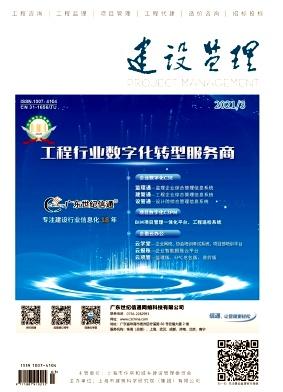What are the Special Usances in Construction?
引用次数: 0
Abstract
Half a year ago, the Croatian Chamber of Economy and the Croatian Employer’s Association issued the Special Usances in Construction, which regulate the legal relationship between the client (employer) and the contractor. This continues a long tradition of codifying the commercial usages into usances (uzance). It was, however, never sufficiently explored whether the commercial usages can at all be codified. Even if the answer is affirmative, it was not sufficiently explored whether the usances indeed reflect the existing commercial usages. The aim of this research paper is to bridge such gap by analysing the nature of usances and, in particular, the Special Usances in Construction. Several methods are used. First, the textual analysis of the usances. Second, the analysis of jurisprudence. Third, historical method, which explores the origin of usances in former Yugoslavia. The analysis leads to the conclusion that neither earlier usances nor the Special Usances in Construction reflect the existing commercial usages. Instead, they imitate statutory provisions, e.g. by containing the date of the entry into force and even (purportedly) mandatory provisions. Consequently, the Special Usances in Construction have to be qualified as a quasi-legislative instrument. Considering that the legislative power cannot be delegated, unless the parties agree on their application, the Special Usances in Construction cannot be used as a source of law.施工中有什么特殊用途?
半年前,克罗地亚经济商会和克罗地亚雇主协会发布了《建筑特别惯例》,其中规定了客户(雇主)和承包商之间的法律关系。这延续了将商业用途编纂成用法(uzance)的悠久传统。然而,对于商业用途是否可以编纂,却从来没有进行过充分的探讨。即使答案是肯定的,也没有充分探讨这些用法是否确实反映了现有的商业用法。本研究论文的目的是通过分析用途的性质,特别是建筑中的特殊用途,来弥合这种差距。使用了几种方法。首先,对用法的文本分析。第二,法理学分析。第三,历史方法,探索前南斯拉夫使用的起源。分析得出结论,早期用法和特殊用法都不能反映现有的商业用法。相反,它们模仿法定规定,例如载有生效日期,甚至(据称)强制性规定。因此,《施工特别须知》必须被限定为一种准立法文书。考虑到立法权不能下放,除非当事人同意其适用,否则不能将建筑特殊用途作为法律渊源。
本文章由计算机程序翻译,如有差异,请以英文原文为准。
求助全文
约1分钟内获得全文
求助全文

 求助内容:
求助内容: 应助结果提醒方式:
应助结果提醒方式:


